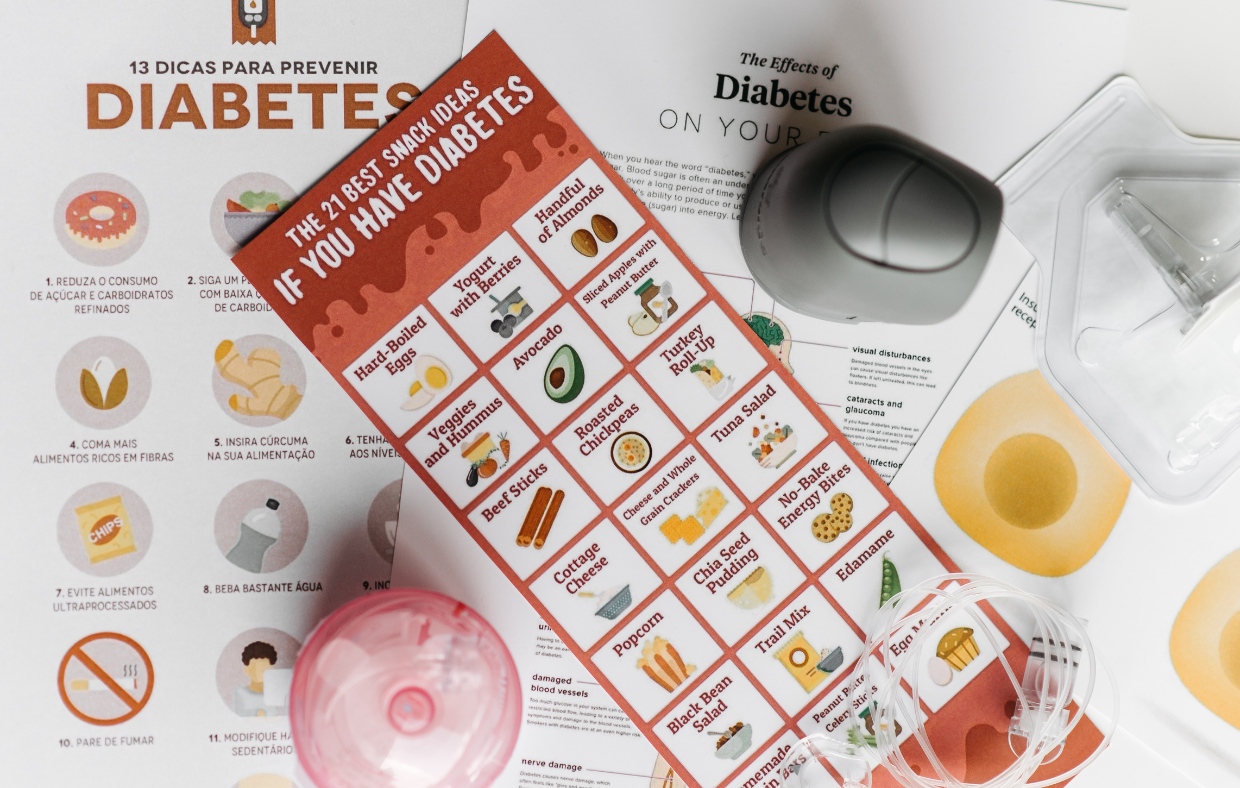In the United States, 37.3 million people have diabetes (11.3 percent of the US population); of those, 8.5 million remain undiagnosed. Diabetes is one of the most common chronic conditions in this country, and when it is poorly controlled, it can lead to serious problems.
Luckily, treatments for diabetes continue to advance and evolve, from new medicines to less invasive ways of testing blood-sugar levels. These options, especially in combination with routine health screenings and proper exercise and diet, can make life easier for those with diabetes. The more mindful you are about your treatment, the less likely you’ll be to experience nerve damage, erectile dysfunction, or other complications caused by diabetes. Fully understanding and exploring your options is key to managing this condition.
What is Diabetes?
Diabetes is a condition where the body struggles to convert the food we eat into the energy we need. When everything is working as it should, our bodies turn food into sugar called glucose, which we then use to power the cells that control everything from running to thinking. With Type 1 diabetes, the pancreas does not make insulin, a hormone that regulates blood sugar. Type 1 diabetes is typically diagnosed during childhood when symptoms come on quickly and intensely. Symptoms often include urinating often (especially at night), being very hungry or thirsty, weight loss, blurry vision, numbness or tingling in your hands or feet, feeling tired, dry skin, sores that heal slowly, and being more prone to infections.
With Type 2 diabetes, the pancreas produces insulin, but our cells cannot use it properly. Type 2 diabetes is far more common, and often comes without symptoms initially, making it harder to diagnose. It also runs in families.
Know the Standard of Care
While routine screenings and health maintenance are important for everyone, they are especially important for people with diabetes. Since diabetes increases the risk of other conditions, your medical provider will likely recommend eye exams, seeing a dental hygienist at least once a year, getting vaccinated against flu, COVID, and pneumonia, and having your kidney function checked.
It’s also important to take care of your feet. Ask your provider about tests that can check for sensitivity of feeling. When people lose feeling in their feet, they don’t know when they are injured. Even a little pebble rolling around inside a shoe can do a lot of damage to your foot.
Find Ways to Change Your Lifestyle
The initial treatment for people newly diagnosed with prediabetes or diabetes is often lifestyle changes related to diet and exercise. Although the changes may feel a bit overwhelming at first, small changes can make a big difference.
We make the time to do little things here and there for the sake of our hygiene, like brushing our teeth, clipping our nails, and taking a shower. You’d be surprised how much time we can find for exercise if we think about it the same way. For example, if your goal is to walk 30 minutes a day, you don’t have to do it all in one go. You can divide exercise into two 15-minute walks, one in the morning and one in the evening. If 15 minutes is too much, start with five or ten. Everyone has different goals and a different starting point.
Carbohydrate counting is another useful method that helps people with diabetes manage their blood sugar. It’s fine to “cheat” once in a while–enjoy a slice of cake now and then–as long as it’s done safely. But if you cheat, be smart. If needed, match your insulin with whatever you’re eating.
New Treatment Options
In addition to adjusting their diet and exercise routines, people with diabetes must monitor their blood-sugar levels, and many people eventually need oral medication and/or an injection to keep things in balance.
Monitoring blood sugar levels is starting to look a little different. Rather than having to prick your finger every day — which can get in the way of hobbies like playing the guitar — patients can choose to use glucose monitors that attach to their arms and provide real-time glucose tracking without the daily prick. This is an especially good option for people who have been advised to check their levels multiple times a day.
And injectable medications (not just insulin) are also becoming more popular because they are so effective at minimizing risks like hypoglycemia. If you’re on insulin, ask your doctor if these new options might be a good fit for you.
These days, people living with diabetes have a much wider range of options for treating this condition. And thankfully, controlling diabetes isn’t really a mystery: eat right, exercise enough, and make sure you work with your medical provider to consider every possible treatment option. When you do these things, your likelihood of a positive outcome increases substantially.
Dr. Espindola is a primary care provider at MCHC Health Centers—a local, non-profit, federally qualified health center offering medical, dental, and behavioral health care to people in Lake and Mendocino Counties

 MyChart Login
MyChart Login

